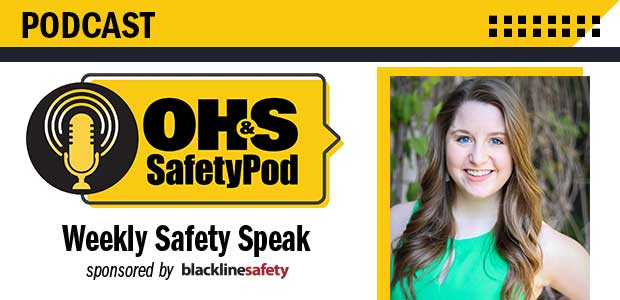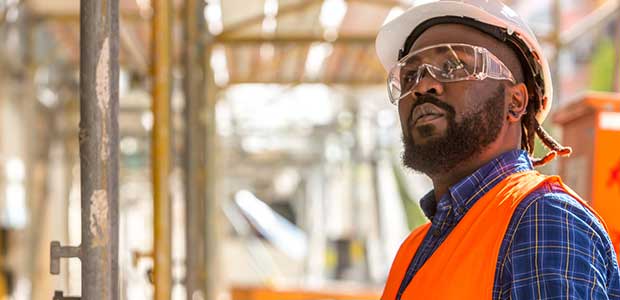
Episode 30
In this Safety Speak episode of the podcast, Editor Sydny Shepard discusses a new alliance to protect against hazardous chemical exposure, OSHA’s updated Coronavirus FAQ, and newly published articles from the October issue of Occupational Health & Safety.
The five-year alliance will help protect workers who handle chemicals like diisocyanates.

OSHA published new frequently asked questions (FAQs) regarding the reporting of work-related coronavirus cases on September 30.

Determining the quality of indoor air begins with managing expectations, and having standards in place.

Water treatment workers that enter ducts, manholes and vaults frequently must know these safety tips for confined spaces.

As workers trickle back into the workplace, it is important to revise daily, weekly, monthly and annual procedures to mitigate the risk of the coronavirus, including AED/CPR training.

Safety professionals are the bridge between those worlds—corporate safety/compliance programs and the frontline work. Therefore, it’s imperative that your health and safety programs meet your workers where they’re at.

Post-COVID-19, HSE management will confront new challenges and will have new tools and opportunities.

Here’s how you can create reward programs that encourage safety, resonate with your employees and create engagement and loyalty.

As the seasons change, you must consider the different hazards they bring.
Unseen hazards are everywhere, and it is your job as a safety leader to expect, react and adapt to emergencies as they unfold.

Are your frontline leaders and shift supervisors helping or hindering your workplace safety efforts?
Leadership is more than just the techniques someone employs; it’s about what someone believes, what they see, how they respond, how they are in the world.

Why do workers willingly put their eyeballs at risk by foregoing protective eyewear?

Establishing a system of effective perimeter monitoring is essential to the success of construction projects.